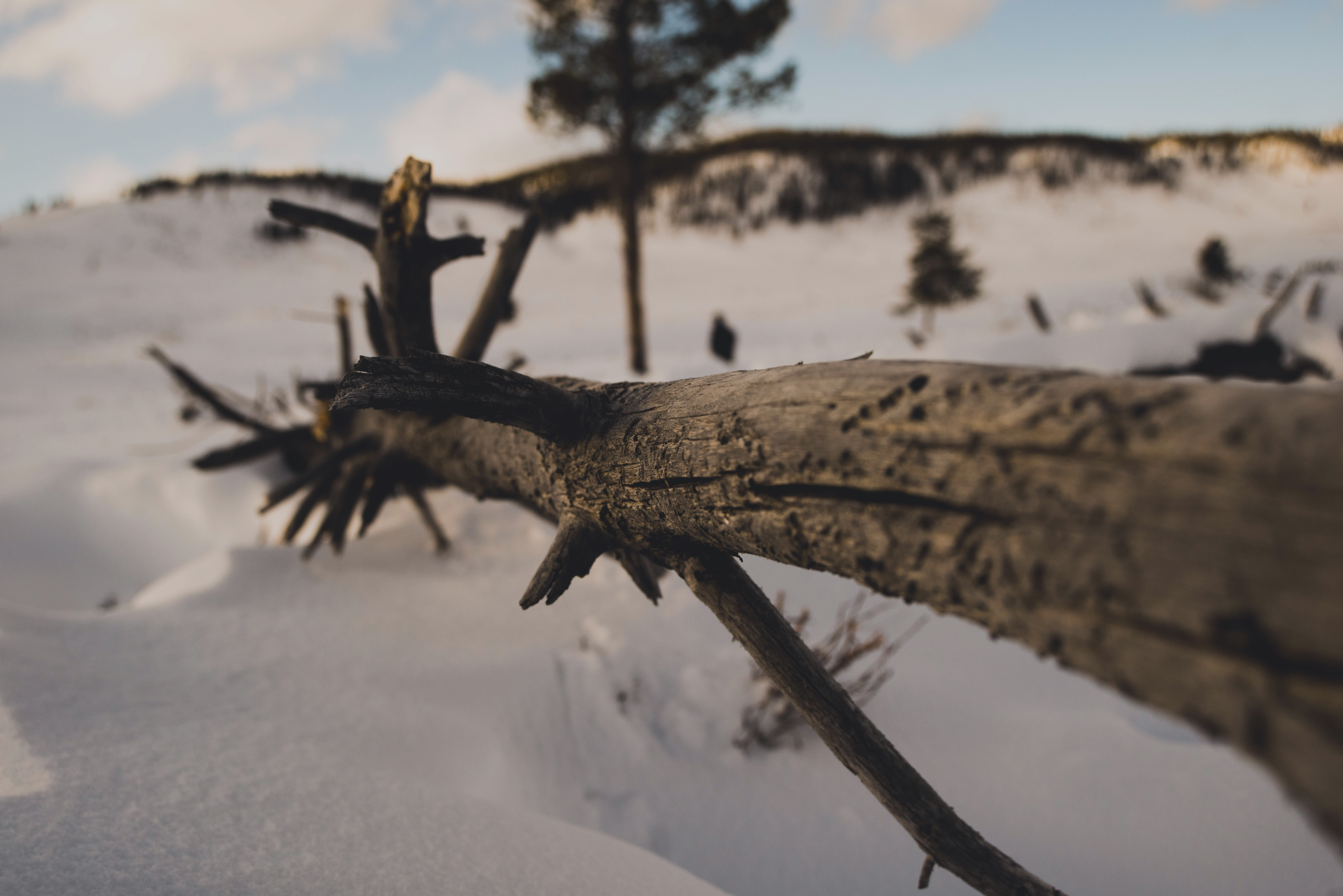As I am currently sitting here in front of the television watching the History Channel’s newest show about finding giants (which I have a lot of feelings about that I could chat with you over a pint of beer or a cup of coffee), I feel that I should explain what led me to the subject of “Legend.”
My main through line after all is explanatory, but a bit vague: A film that looks at how folklores/myths/legends influence people’s interactions with the landscape.
It sounds more like a short way to explain a thesis paper or even the secondary title to a book on the subject. But in short, that’s what my film is about.

Side note: This film isn’t my thesis film – that’s for next year.
However, it’s just the surface of what I want the film to be about. I want the film to take a look at how some sites have been able to survive so long because of the folklore or myths associated with them. It’s not uncommon to come across stories or folklores of people cutting down trees in areas where faeries were believed to inhabit with the people suddenly becoming ill. Other common stories include people disturbing a mound or sidhe where the faeries lived in only to wind up sick.
Whatever your own personal beliefs are – it is amazing that so many sites and monuments survived because of the folklore and legends.
Jumping from the past to the present in terms of conserving, protecting and maintaining sites – I want the film to take a look at how these folklores and myths continue to help protect some sites because of their importance to the cultural heritage of Ireland. To be clearer, how the myths add to the cultural heritage of the site and how that adds to the need of preserving the site in addition to its historical and archaeological significance.
The portion that might be a bit more difficult to present, is exploring the idea of folklores doing the same to help preserve areas where conservation efforts are under way, or bringing attention to areas conservation work related to folklores of those regions. By adding another layer of cultural significance to an area where conservation work is underway might help protect or bring attention to the area where the work is occurring. In addition, by connecting folklores and myths to the landscape where conservation work is happening can also help to keep alive the same folklores and myths. Just in a different form.
The renowned mythologist, Joseph Campbell once said “Mythology is not a lie, mythology is poetry, it is metaphorical. It has been well said that mythology is the penultimate truth–penultimate because the ultimate cannot be put into words. It is beyond words. Beyond images, beyond that bounding rim of the Buddhist Wheel of Becoming. Mythology pitches the mind beyond that rim, to what can be known but not told.”

Joseph Campbell
“Moyers: Do you see some new metaphors emerging in a modern medium for the old universal truths?
Campbell: I see the possibility of new metaphors, but I don’t see that they have become mythological yet.”
While both of these quotes do not immediately follow one or the other in order in The Power of Myth, they are getting at the same idea. Perhaps it is time that these folklores/myths/legends evolve for today in a manner that can bring attention or appreciation of monuments and the natural landscape. I’m not looking for anyone to agree with me.
It’s just a thought.
